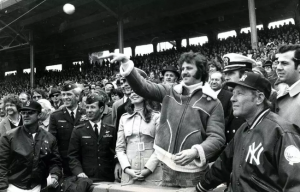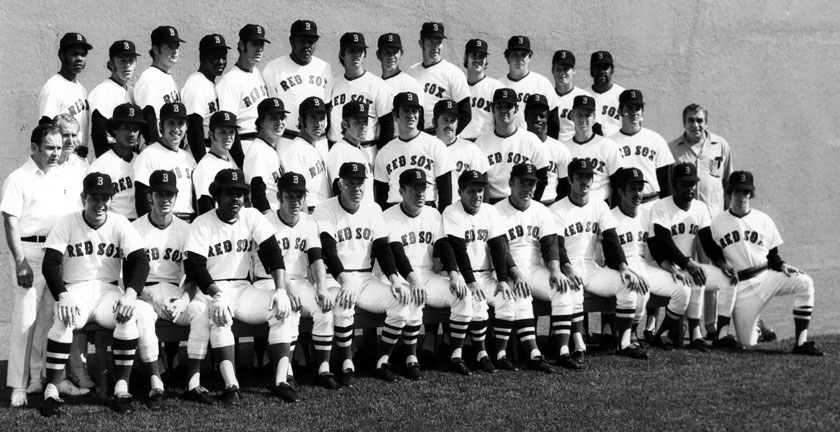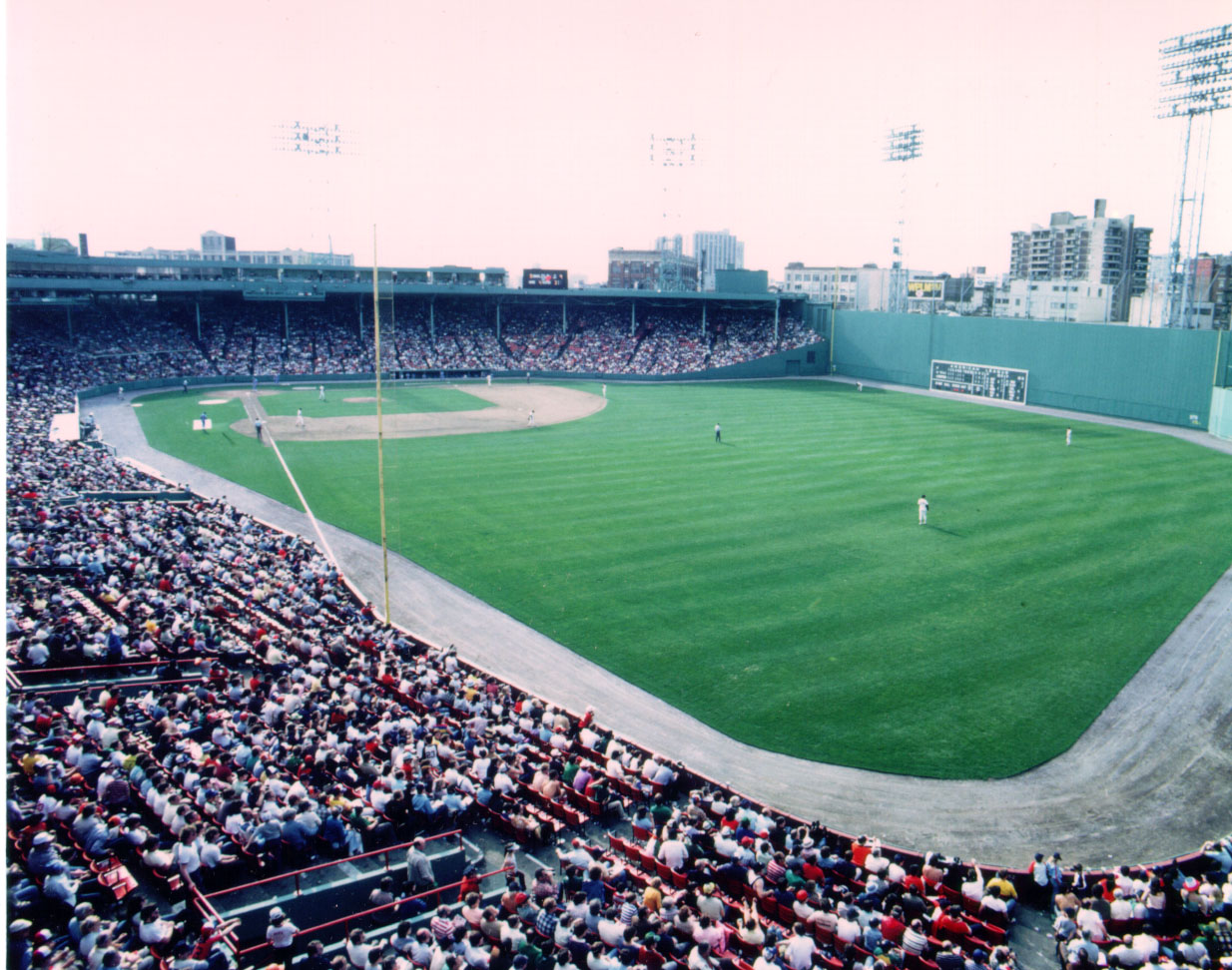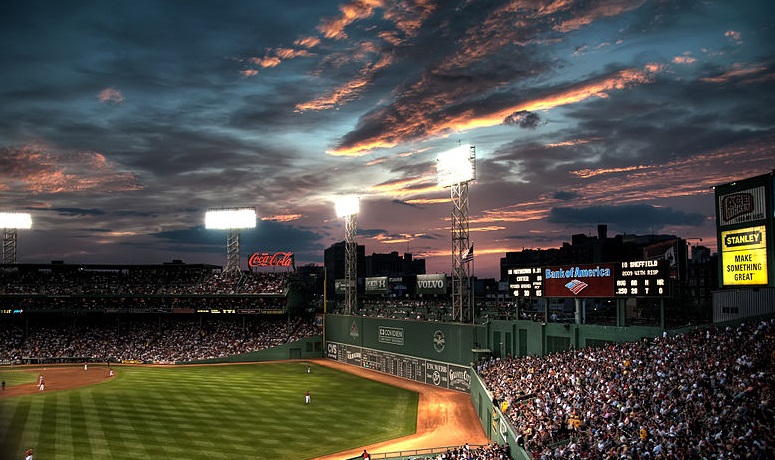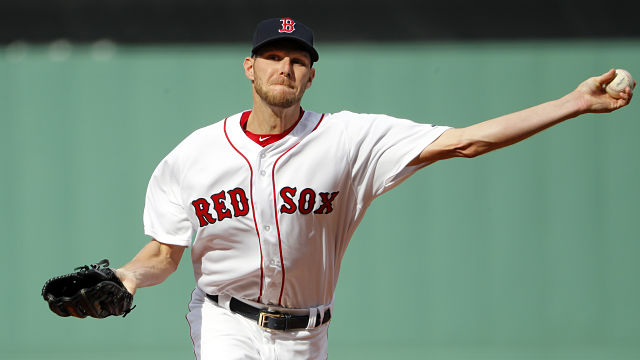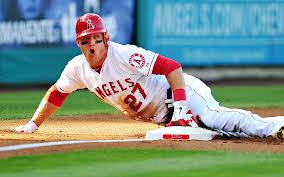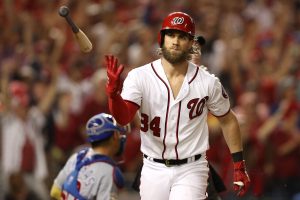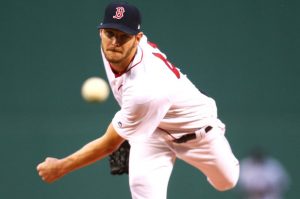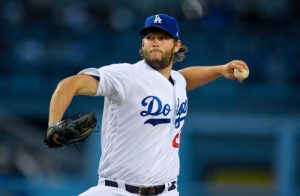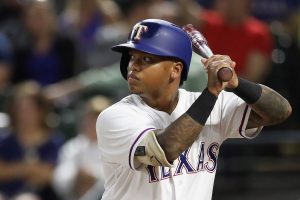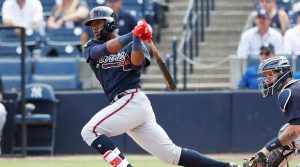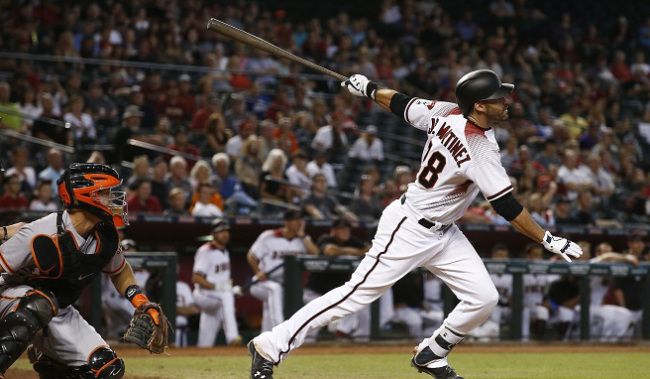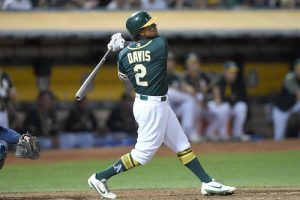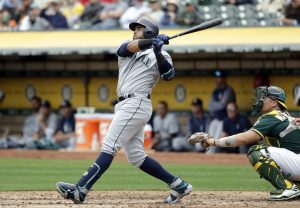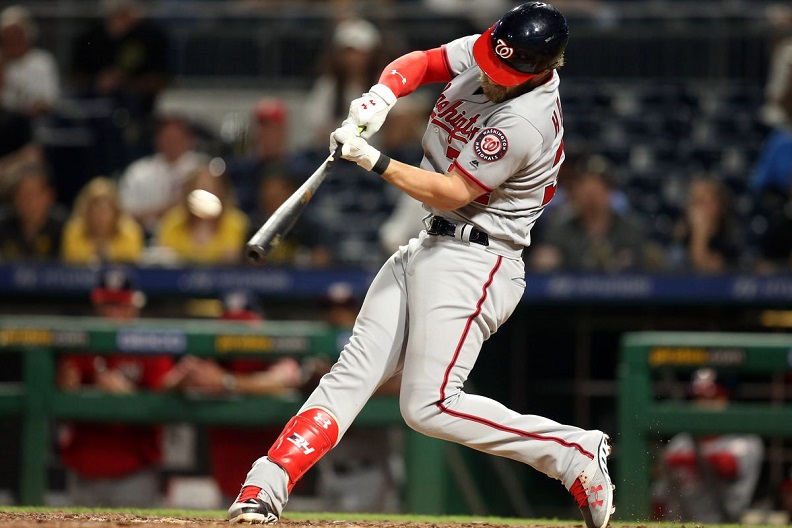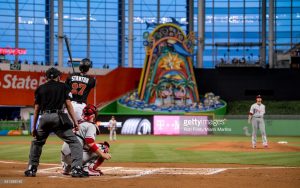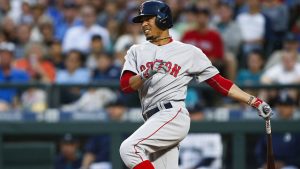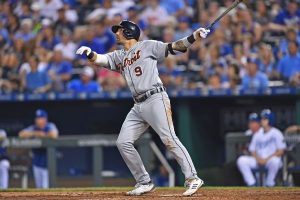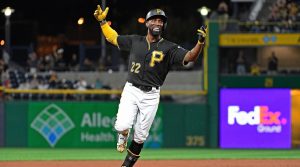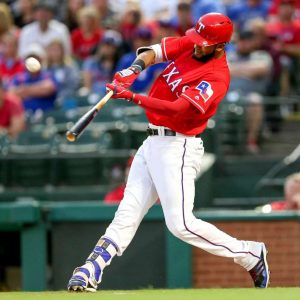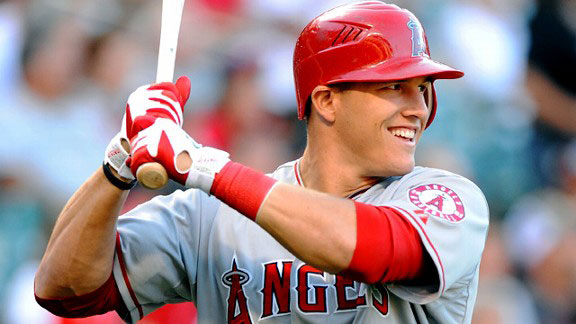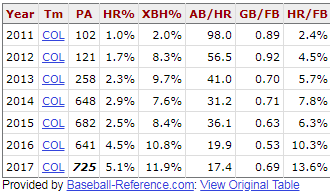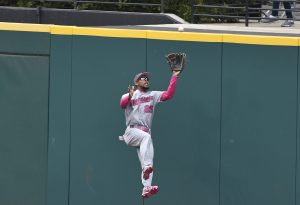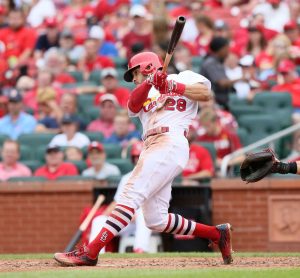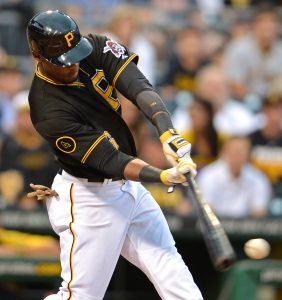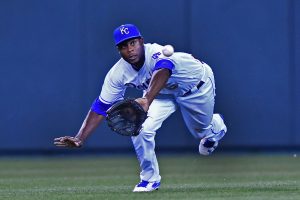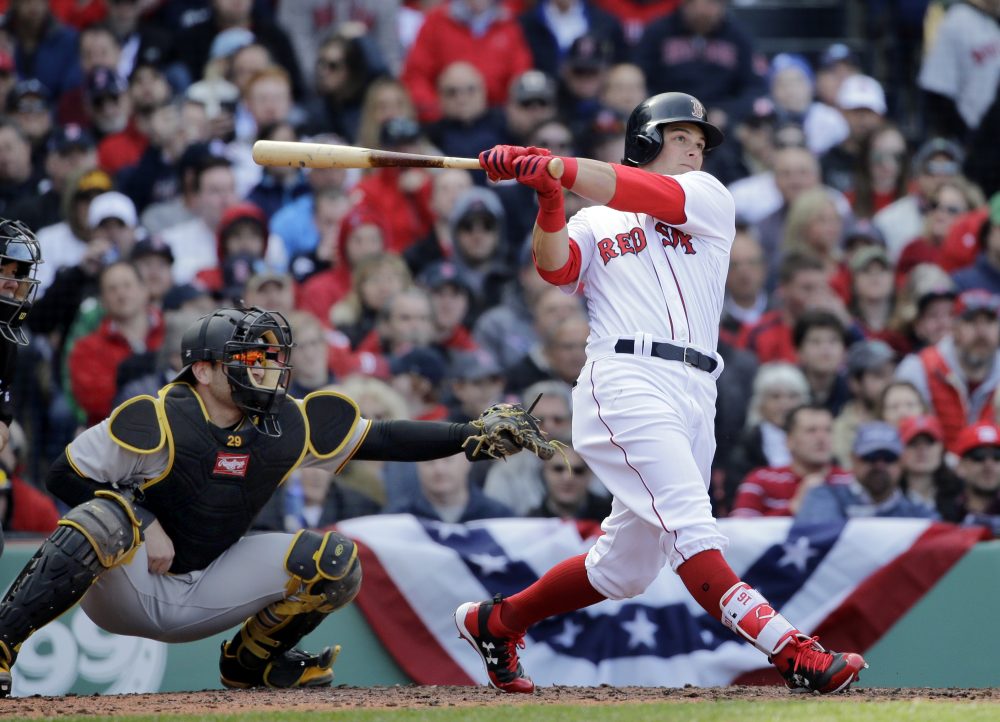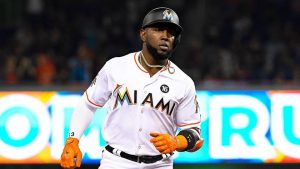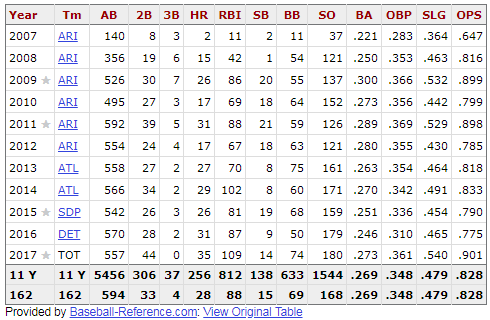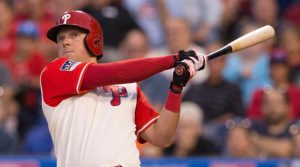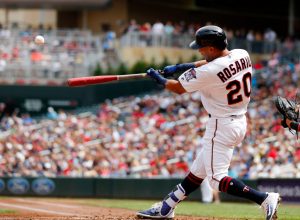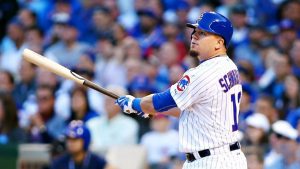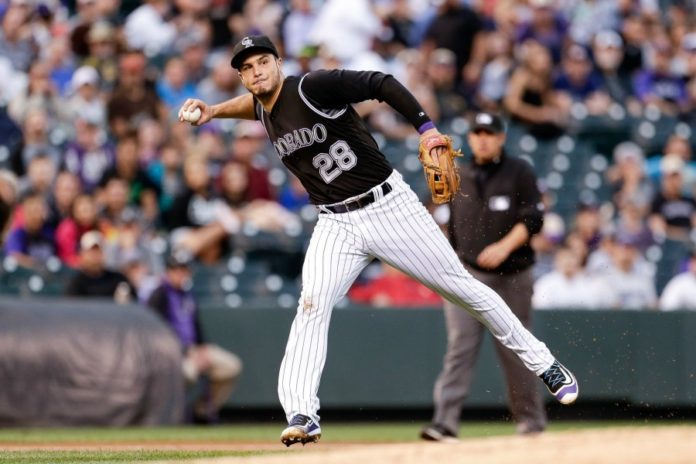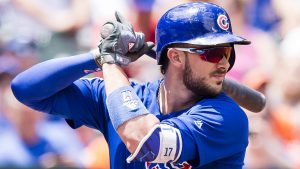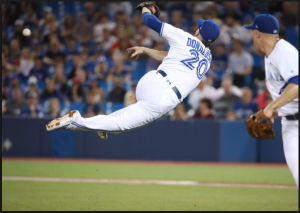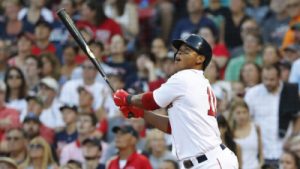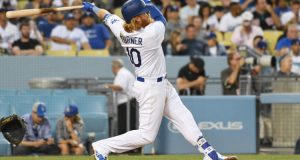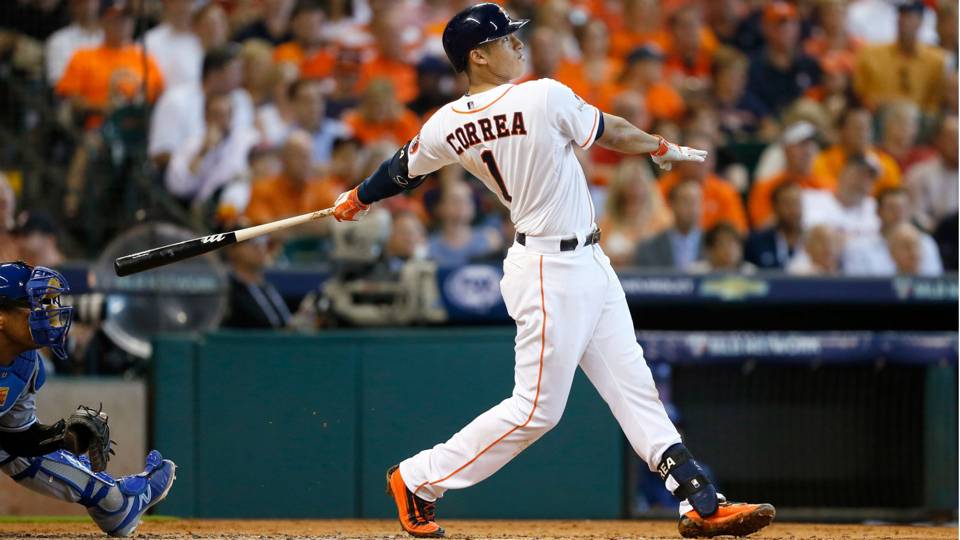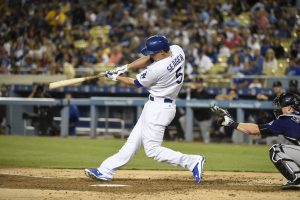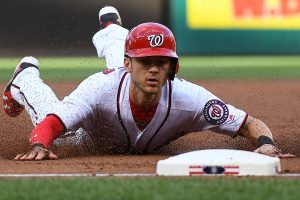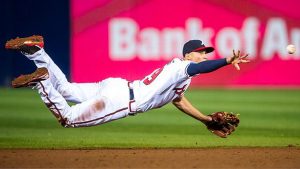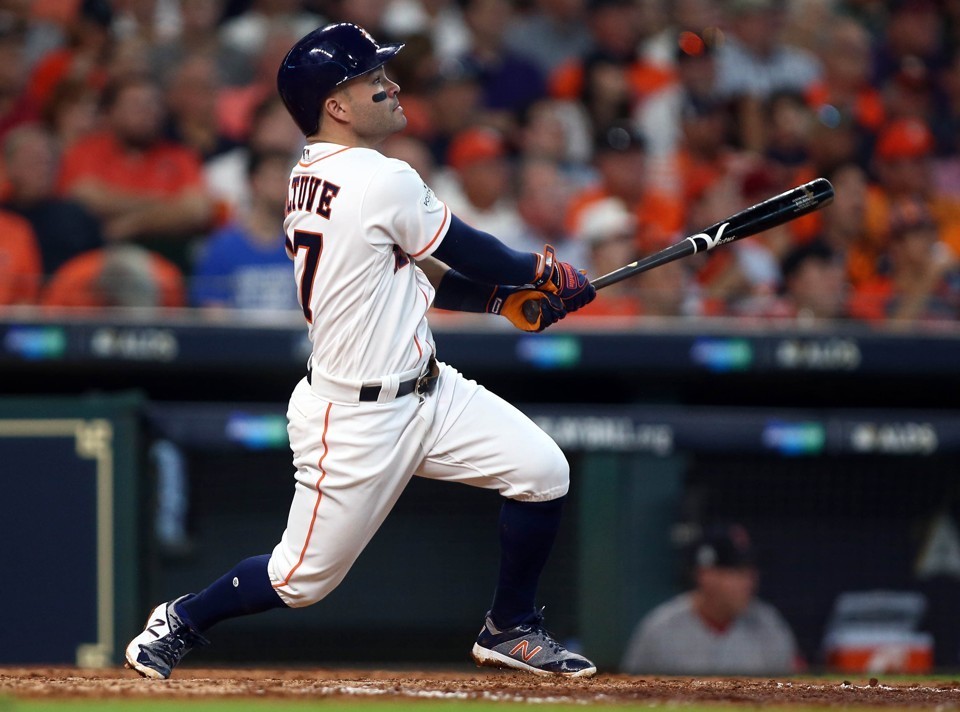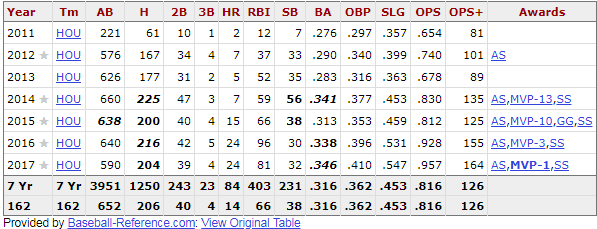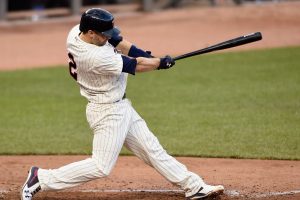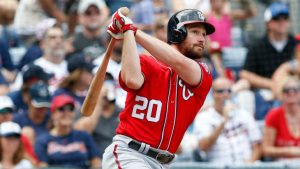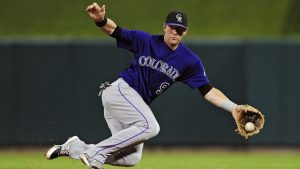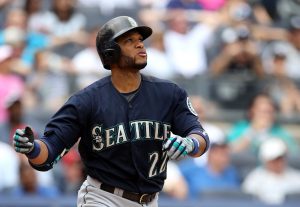Our baseball writers have once again collaborated to make our picks for the coming baseball season. The first collaboration, we predicted who would win the major awards for this coming baseball season. Here in our second installment, we decide which teams will win their divisions, which teams will sneak in as a wild card, and most importantly, which two teams will play in the World Series.
American League East
Kyle Flanagan: Boston Red Sox
Boston will take the division over New York, simply because of pitching. Boston contains a deep staff led by Sale, Price and Porcello. In New York with Tanaka and Severino, it leaves the rest of the rotation as a toss-up.
David Latham: Boston Red Sox
The Yankees may have acquired Giancarlo Stanton, but this is still the Red Sox division to lose. The offense should improve tremendously from last season, and the pitching should be as good as ever. This team could easily win 95-98 games this year.
Scott Frizzell: Boston Red Sox
This should be one of the better division races this season. I envision both the Sox and the Yankees winning in the low to mid nineties for games. Ultimately, I think the Red Sox will pull it out in the final week of the season. The Red Sox won the division last year with two-thirds of the lineup under-performing.
Matt O’Halloran: New York Yankees
The Yankees came close to the World Series last year, and they should win the division with the additions of Giancarlo Stanton and Brandon Drury. The Red Sox will come close, but the Yankees are more talented.
Brandon Fazzolari: New York Yankees
The Yankees will win the division because they have too much offensive firepower to overcome.
Justin Gonzalez: Boston Red Sox
The division race between the Yankees and Sox is going to be full of action from Opening Day to September 30th. The Sox have the better rotation and defense (saving runs is just as important as producing them, in my mind), but the Yankees have a slightly better offense with a deeper bullpen. Overall, I see the Red Sox as the team to beat still even though the Yankees may be better on paper. Just remember, games aren’t played on paper, they’re played on grass.
American League Central
Kyle Flanagan: Cleveland Indians
Not enough, I feel, was done around the division where any team could dethrone Cleveland.
David Latham: Cleveland Indians
So long as it’s not an elimination game, the Cleveland Indians are a very tough team to beat. They’ve still got ace Corey Kluber and star shortstop Francisco Lindor, but I feel like they take a step back this season. They’ll win a sub-par division, but won’t have much more than 90 wins.
Scott Frizzell: Cleveland Indians
The Indians are the clear team to beat in the division. Corey Kluber and Carlos Carrasco headline the best pitching staff in the division, and Trevor Bauer is showing some breakout potential as well. With Edwin Encarnacion, Francisco Lindor and Jose Ramirez, they will probably also score more runs than any other team in the Central.
Matt O’Halloran: Minnesota Twins
The Twins surprisingly made the Wild Card game last year, and the young players will develop into stars. The Indians have dominated the division for a few years, but Carlos Santana departing and an underrated division will knock them out.
Brandon Fazzolari: Cleveland Indians
The Indians should have no problem winning their third consecutive division title.
Justin Gonzalez: Cleveland Indians
It’s hard to fathom the Indians not winning this division by a good amount of games. Sure, the Twins bolstered their team by acquiring Lance Lynn, Fernando Rodney, Addison Reed, and Logan Morrison, but the Indians haven’t exactly lost any talent. Cleveland lost Carlos Santana to the Phillies, but signed a pretty good replacement in Yonder Alonso, who had 28 home runs in 2017. The Indians still have reigning Cy Young winner Corey Kluber, a great arm in Carlos Carrasco, some of the best late inning relievers in Andrew Miller and Cody Allen and an offense that can be the best in the majors.
American League West
Kyle Flanagan: Houston Astros
They got better.
David Latham: Houston Astros
This team has the roster to be dominant for at least the next five years. They just signed Jose Altuve long-term, and I can’t see a way the Astros don’t comfortably win their division.
Scott Frizzell: Houston Astros
With a full season of Justin Verlander, the Astros may be even better this season. The Astros might win their division by more games than any other division winner.
Matt O’Halloran: Houston Astros
The defending champions have a very similar roster to last year, which should lead them to a 100 win season again. Teams on the rise, such as the Angels and Athletics, are not good enough this year to dethrone Houston.
Brandon Fazzolari: Houston Astros
I cannot foresee a tight contest in this divisional race.
Justin Gonzalez: Houston Astros
There really isn’t a whole lot going on in this division other than the highly talented Astros getting even better this off-season with the Gerrit Cole trade. The Astros are just too good of a team to submit their division dominance this early.
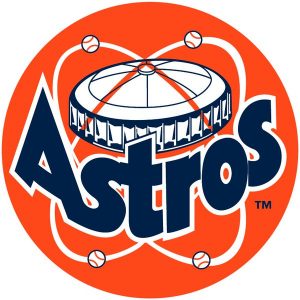
American League Wild Cards
Kyle Flanagan: New York Yankees and Los Angeles Angels
New York was a no doubter for me, but I was close to taking Minnesota over LA. What made my decision was pitching and LA has a staff that could make a run into the Wild Card.
David Latham: New York Yankees and Los Angeles Angels
The top four teams should be world’s better than whichever team clinches the final wild card spot, but right now I’m going with the Angels. They still have Mike Trout, and Shohei Ohtani should eventually become a great contributor.
Scott Frizzell: New York Yankees and Minnesota Twins
The Yankees are an obvious choice; whichever team does win the AL East will have a playoff spot wrapped up before the division. I’ve been stumping all off-season for the Twins to sign Lance Lynn, and with him now in tow, their chances at the playoffs are greatly improved. They now have a chance at four starters with a sub-4.00 ERA to go along with a young and improving lineup. The Blue Jays could surprise and be the first team out.
Matt O’Halloran: Boston Red Sox and Los Angeles Angels
The Red Sox should keep the division close and ultimately settle for a wild card spot. The Angels are a team on the rise.
Brandon Fazzolari: Los Angeles Angels and Boston Red Sox
I think the Angels will be the best wild card team as long as Big Mike stays healthy. The last wild card is going to be the spot up for grabs. It should come down to Boston, Minnesota, Seattle, Texas and even the White Sox can get in the mix. I just think over the long haul, with the Red Sox having Chris Sale available for 30+ starts and a great closer like Kimbrel provides Boston with enough to get in.
Justin Gonzalez: New York Yankees and Minnesota Twins
We are potentially looking at a repeat of last season when the AL East literally came down to the last few games. I believe the entire season is going to fluctuate between New York and Boston possessing first place with the loser taking a wild card spot. The Los Angeles Angels signed Shohei Ohtani, who could be good but most likely won’t be in his first MLB season. They also possess the greatest baseball player on the planet (which doesn’t hurt).
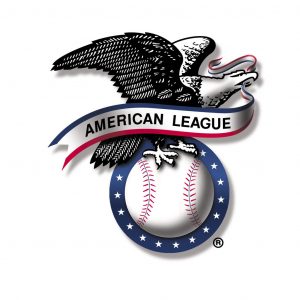
National League East
Kyle Flanagan: Washington Nationals
Not much of an argument here. It mainly depends on how New York’s pitching staff performs this season for them to contend against Washington.
David Latham: Washington Nationals
This is the last chance this core has. Bryce Harper is set to be the highest-paid baseball player in the league next off-season, and the Nationals know he’s not coming back. They’ll do everything in their power to finally take home a World Series. They should come close to winning 100 games, but they’ll probably still find a way to lose in the NLDS.
Scott Frizzell: Washington Nationals
This team has too much talent not to win this division. Quite frankly, they also have too much talent to not have gone further in the postseason the past couple years. With Harper being a free agent after the season, and Max Scherzer being 33 years old, the time is now for Washington.
Matt O’Halloran: Washington Nationals
The Nationals have dominated the regular season for most of Bryce Harper’s career, and there is no reason to believe that should stop this year. The NL East will be competitive because the Mets are scary when healthy, but the Nationals rotation is too dominant to be overthrown.
Brandon Fazzolari: Washington Nationals
The Washington Nationals will easily win the NL East with Harper, Scherzer and Strasburg.
Justin Gonzalez: Washington Nationals
Two Cy Young award candidates in their rotation, an MVP caliber player in Bryce Harper, all important speed in Trea Turner, and a great supporting offense with Daniel Murphy (136 wRC+), Anthony Rendon (142 wRC+) and Ryan Zimmerman (138 wRC+). This is a no-brainer.
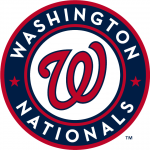
National League Central
Kyle Flanagan: Chicago Cubs
Chicago’s only competition is Milwaukee. Milwaukee still needs the pieces in the rotation to contend against the Cubs.
David Latham: Chicago Cubs
Last year was one long World Series hangover for this club. They still boast enviable talent at just about every position, and should look more like the dominant 2016 team than the streaky 2017 unit.
Scott Frizzell: Chicago Cubs
This team didn’t seem quite as good last year following their World Series win in 2016, and yet they still won 92 games. They replaced Jake Arrieta with Yu Darvish, and John Lackey with Tyler Chatwood in the rotation. They also have a full season of Jose Quintana. I think the rotation will perform better overall and this club could approach 100 wins. The Brewers just don’t have the pitching to hang with them all season.
Matt O’Halloran: Milwaukee Brewers
A bold prediction considering that the Cubs have dominated the division for the past few years, but the Brewers were the best team in the NL Central for a good portion of last season. If they play consistently, then they will be better than the Cubs. The Cardinals are always competitive but their roster is not good enough to win the division.
Brandon Fazzolari: St. Louis Cardinals
I think the Cubs will regress some more this season and the Cardinals will overtake them.
Justin Gonzalez: Milwaukee Brewers
Finally, a team that won’t repeat in 2018. The NL Central is a division that can have a really interesting three-team race when it’s all said and done. The Chicago Cubs may still be the favorite to win the division title, but they are definitely closely followed by the Brewers and the St. Louis Cardinals. The Brewers have an offense that can go toe to toe with almost any team and a top 10 ERA pitching staff in 2017 that is returning for 2018, barring the delay of Jimmy Nelson.
National League West
Kyle Flanagan: Los Angeles Dodgers
Scariest team in baseball in means of talent: Kershaw, Bellinger, Seager, Puig, Jansen, Turner, the list goes on. Legitimate World Series contenders yet again.
David Latham: Los Angeles Dodgers
Losing a World Series like they did last season hurts, but it’s not the end of the road for the team. They still had the best record in baseball, and should remain one of the best teams in the league. Having Cody Bellinger doesn’t hurt, either.
Scott Frizzell: Los Angeles Dodgers
Barring disaster, the Dodgers should win this division handily. Fronted by Clayton Kershaw and Rich Hill, the Dodgers have a lot of pitching depth. Potential future ace Walker Buehler is waiting in the wings if injury happens. Forgotten top prospect Julio Urias should make his way back in the summer to add to the depth. Youngsters Corey Seager and Cody Bellinger lead the way for a good offense.
Matt O’Halloran: Los Angeles Dodgers
A competitive division last year with two wild-card teams, the NL West should be competitive again. However, in a league full of parody, the Diamondbacks and Rockies will have hangover years. The Giants are a sleeper team, but the Dodgers are too talented to be dethroned.
Brandon Fazzolari: Colorado Rockies
I have the Dodgers taking a step back from last season. The Rockies can slug their way to a division title.
Justin Gonzalez: Arizona Diamondbacks
The Los Angeles Dodgers seem like the easy way out, but let us not forget that the Diamondbacks had the third best record in the NL and bring back mostly everyone from their impressive 2017 season. Sure, they lost J.D. Martinez to the Red Sox this offseason but here is something to note: The Diamondbacks acquired Martinez in a trade from the Tigers around the time of the All-Star game. Pre-All Star game the Diamondbacks had an OPS of .771 and Post-All Star game they had an OPS of .778. This is a team that can really thrive without JD Martinez and can pose a serious threat to the Dodgers in the end. The Diamondbacks also had the third best ERA in the majors in 2017 and can go toe to toe with any pitching staff out there.
National League Wild Cards
Kyle Flanagan: Milwaukee Brewers and San Francisco Giants
The Brewers lineup gets them to this point. The Giants pitching and health will be the deciding factor in this Wild Card.
David Latham: Colorado Rockies and Milwaukee Brewers
I’m going out on a limb with the Brewers, but I really like what the organization has built. Travis Shaw was one of the best power hitters in baseball last season, and Mauricio Dubon should soon become one of the best shortstops in the game.
Scott Frizzell: Milwaukee Brewers and Arizona Diamondbacks
The Brewers don’t have the pitching staff I would like to see, and it will cost them some wins. They really could’ve used one of the decent free agent pitchers to come aboard this season. With the additions of Yelich and Cain though, they have one of the best outfields in baseball. The Diamondbacks have installed a humidor to limit offense, and their pitching staff actually appears to be their strength. It can help them to another wild card. I like the Phillies as a surprise, “cardiac kids,” team this season under first year manager Gabe Kapler. Look for them to impress and hang in the race until late in the season. Ultimately, I think it is a year too early for a playoff berth though.
Matt O’Halloran: Chicago Cubs and New York Mets
Watch out for the Mets if their rotation can stay healthy this season.
Brandon Fazzolari: Chicago Cubs and Los Angeles Dodgers
I think both of these teams will take a step back this season, but not far enough back they miss the postseason entirely.
Justin Gonzalez: Los Angeles Dodgers and Colorado Rockies
Do not sleep on the Colorado Rockies as they could be seen as a dark horse in this division as well. MVP caliber talents in Nolan Arenado and Charlie Blackmon headline this sneakily talented team and could make a name for themselves in the baseball world.
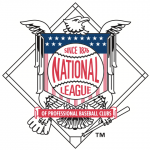
World Series
Kyle Flanagan: Red Sox over Dodgers in 7 games
If I didn’t have the Red Sox in the World Series, the Los Angeles Dodgers will win the World Series. I mainly made my decision based on what the most exciting matchup would be for me. Bellinger and Benintendi, Sale and Kershaw, Seager and Pedroia, and let’s not forget Hanley and Puig! Sox in 7. Go Sox.
David Latham: Astros over Cubs in 5 games
The Red Sox and the Cubs both have enviable rosters, but frankly the talent on Houston is unrivaled throughout the league. They genuinely have the chance to be what the New York Yankees were at the turn of the millennium.
Scott Frizzell: Indians over Cubs in 6 games
The Indians get their revenge on the Cubs after losing a series lead in 2016. Now it’s Cleveland’s turn to end a World Series victory drought.
Matt O’Halloran: Astros over Dodgers (again)
These two teams are just too talented to bet against.
Brandon Fazzolari: Astros over Nationals in 7 games
Houston will repeat as World Champs, this time outlasting the Nationals with Verlander beating Scherzer in the deciding game!
Justin Gonzalez: Astros over Nationals in 4 games
The Astros come with a huge bulls-eye on their backs, but can be the best possibility of a team to win back to back World Series championships in recent memory.
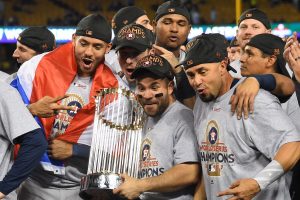
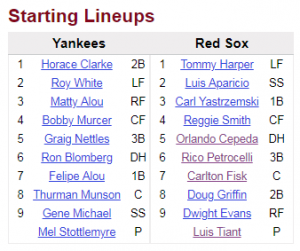
![]()
